Among the wide array of berries enjoyed around the world, gooseberries stand out for their distinctive tart flavor, incredible nutritional benefits, and historical significance in both culinary and medicinal traditions. From ancient Ayurvedic remedies in India to classic English desserts, gooseberries have secured a special place in global gastronomy. But have you ever wondered — where does the world get most of its gooseberries?
Let’s take a deep dive into the origins of this versatile fruit, its modern-day cultivation hubs, and how it travels from farms to plates around the globe.
What Are Gooseberries?
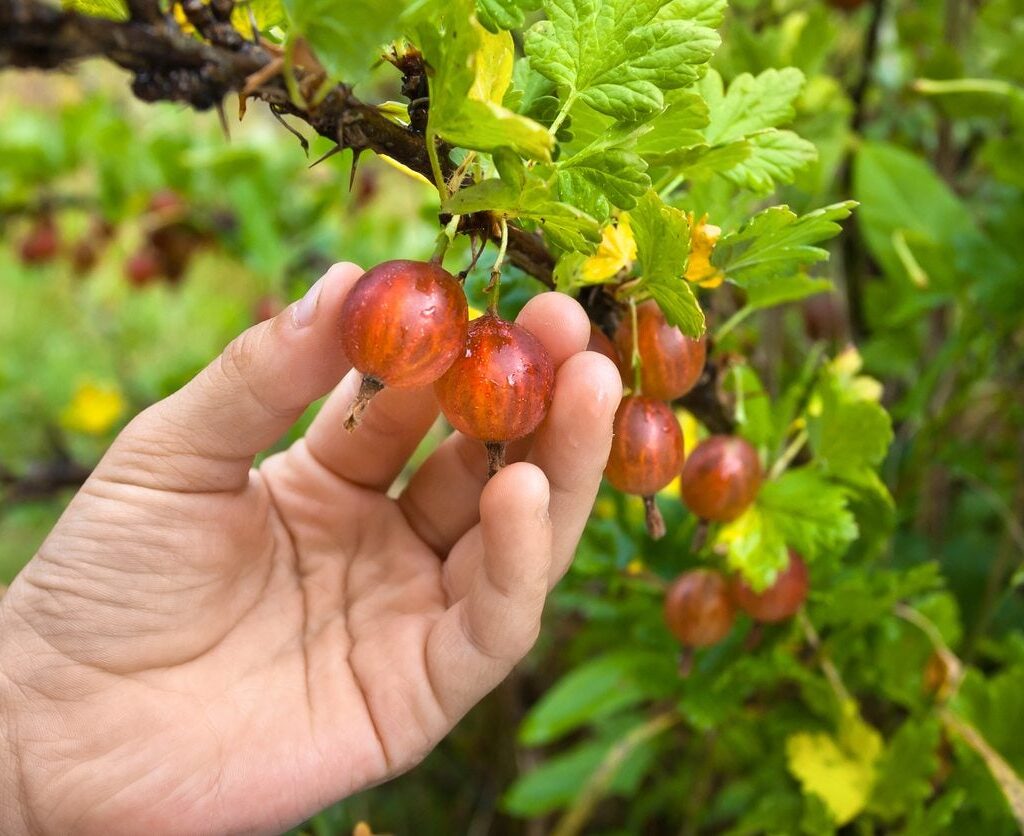
Gooseberries are small, round, often slightly translucent fruits that belong to the Ribes genus. They come in a range of colors — from bright green and yellow to pink, red, and deep purple, depending on the variety and ripeness.
There are primarily two types of gooseberries:
- European Gooseberry (Ribes uva-crispa) — native to Europe and northwest Africa.
- American Gooseberry (Ribes hirtellum) — native to North America.
Additionally, the Indian Gooseberry, known locally as Amla (Phyllanthus emblica), is technically not a true gooseberry but is closely associated due to its similar size, tart flavor, and medicinal properties.
Historical Background
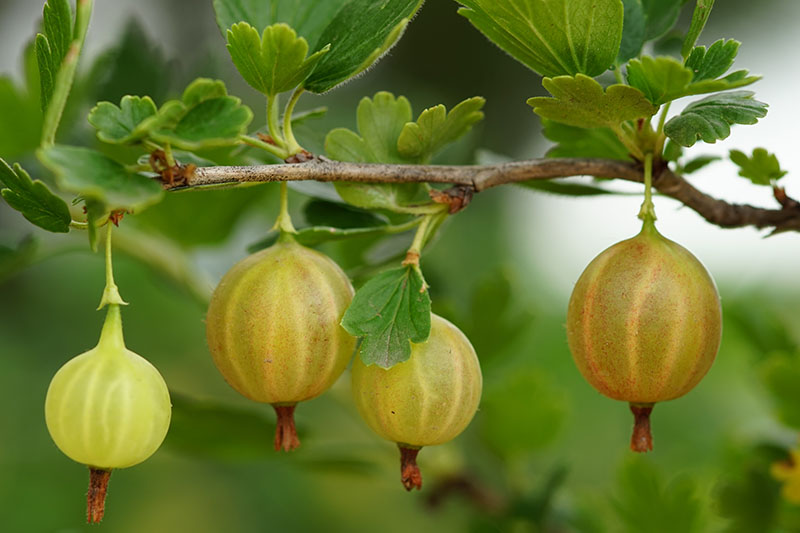
Gooseberries have been cultivated for centuries:
- Europe: Cultivated as early as the 13th century, especially in England and Germany.
- India: Amla has been used for over 2,000 years in Ayurvedic medicine.
- North America: American varieties are native to the continent and popular in homemade preserves and pies.
Today, their popularity is resurging as people seek out nutrient-dense, antioxidant-rich fruits for healthier lifestyles.
Where Does the World Get Most of Its Gooseberries?
The majority of the world’s gooseberries are produced and consumed locally in a handful of countries where they grow naturally or have been historically cultivated. Fresh gooseberries are highly perishable, so most are consumed in domestic markets, while processed forms like dried, frozen, or powdered gooseberries are traded internationally.
Here’s a breakdown of the world’s leading sources:
India — The World’s Largest Gooseberry Producer
India is, by far, the largest producer of gooseberries — specifically of Indian Gooseberries (Amla).
- Annual Production: Over 1.4 million metric tons
- Major Growing States: Uttar Pradesh, Maharashtra, Madhya Pradesh, Tamil Nadu, Gujarat, Rajasthan, and Andhra Pradesh
- Primary Uses: Amla juice, pickles, candy, chyawanprash (Ayurvedic health tonic), hair oil, powders, and supplements
- Exports: India is also the largest exporter of processed gooseberry products, supplying markets in the Middle East, USA, Canada, UK, Malaysia, and Australia.
If you’re enjoying dried amla powder or sipping herbal gooseberry juice, it’s very likely sourced from India.
China — A Growing Market
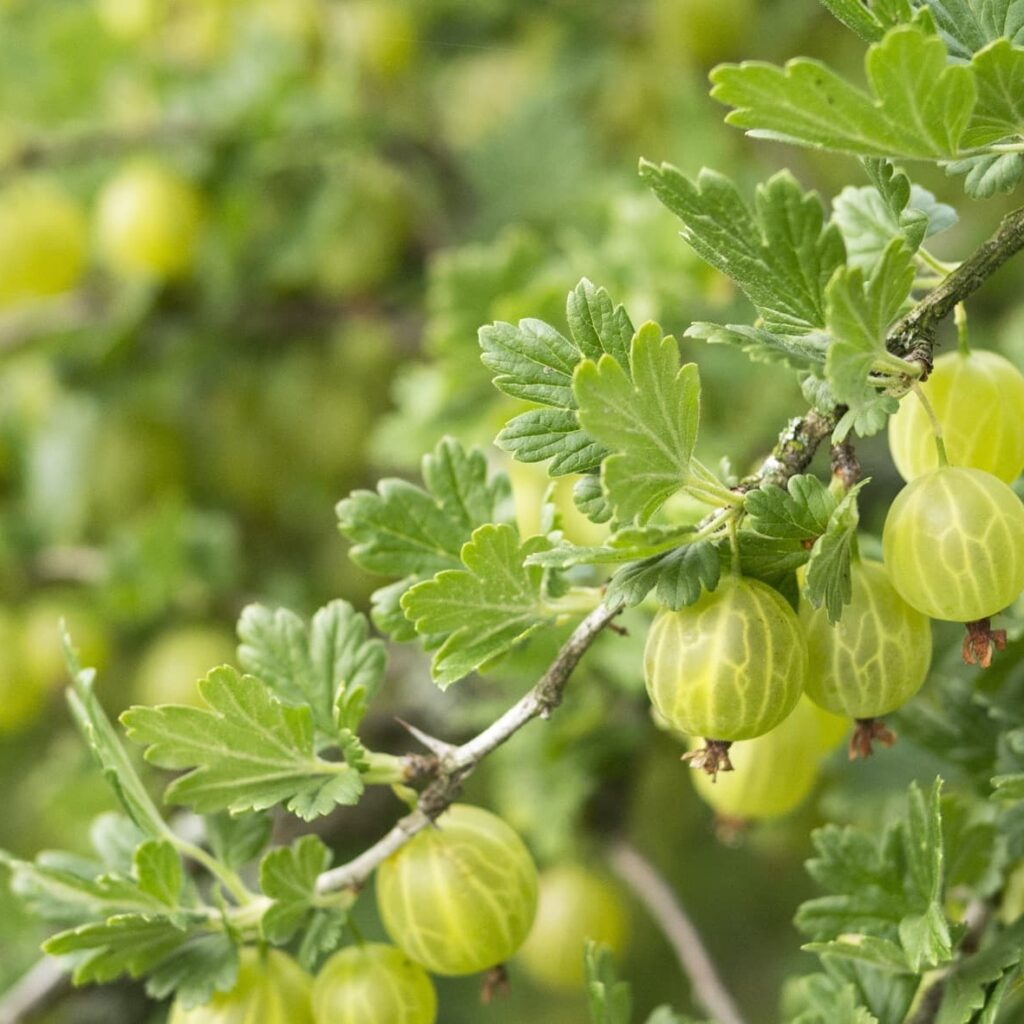
China is one of the key growers of gooseberries (both Ribes species and Amla in southern regions) primarily for local medicinal use.
- Annual Production: Estimated at 25,000–30,000 metric tons
- Regions: Southern provinces like Guangdong and Yunnan
- Uses: Traditional Chinese medicine, teas, preserves, and desserts
While Chinese gooseberries (kiwifruit) have stolen the spotlight, traditional gooseberries are still cultivated in rural areas.
Pakistan — A Significant Regional Producer
Pakistan grows both Ribes varieties in its northern hilly areas and Amla in Punjab and Sindh.
- Annual Production: Approx. 20,000–25,000 metric tons
- Uses: Local consumption, pickles, dried fruit, and herbal remedies
- Export: Limited to neighboring markets and Middle Eastern countries
United Kingdom — Gooseberries in English Gardens
Historically, the UK was synonymous with European gooseberries, especially during the Victorian era.
- Annual Production: 5,000–7,000 metric tons
- Key Areas: Yorkshire, Kent, and Scotland
- Uses: Jams, tarts, crumbles, chutneys, and classic desserts
Although commercial production has declined, the UK still values gooseberries for traditional recipes.
Russia and Eastern Europe
Russia grows both wild and cultivated gooseberries in its temperate zones.
- Annual Production: Estimated 4,000–6,000 metric tons
- Uses: Preserves, syrups, and homemade liquors
- Export: Minimal, mostly local consumption
Gooseberry Production Overview

| Rank | Country | Estimated Annual Production (Metric Tons) |
|---|---|---|
| 1 | India | 1,400,000 + |
| 2 | China | 25,000–30,000 |
| 3 | Pakistan | 20,000–25,000 |
| 4 | United Kingdom | 5,000–7,000 |
| 5 | Russia / Germany | 4,000–6,000 |
How Do Gooseberries Reach Global Markets?
Because of their short shelf life, fresh gooseberries are rarely exported over long distances. However, several value-added and preserved forms are widely traded.
Common Export Forms:
- Dried Gooseberries (Amla)
- Amla Powder
- Frozen Gooseberries
- Gooseberry Juice and Syrups
- Gooseberry Extract for Supplements
- Gooseberry-based Herbal Oils and Tonics
India dominates the export market, with Amla products reaching the USA, Canada, Australia, Europe, and the Middle East.
Culinary and Medicinal Uses Around the World
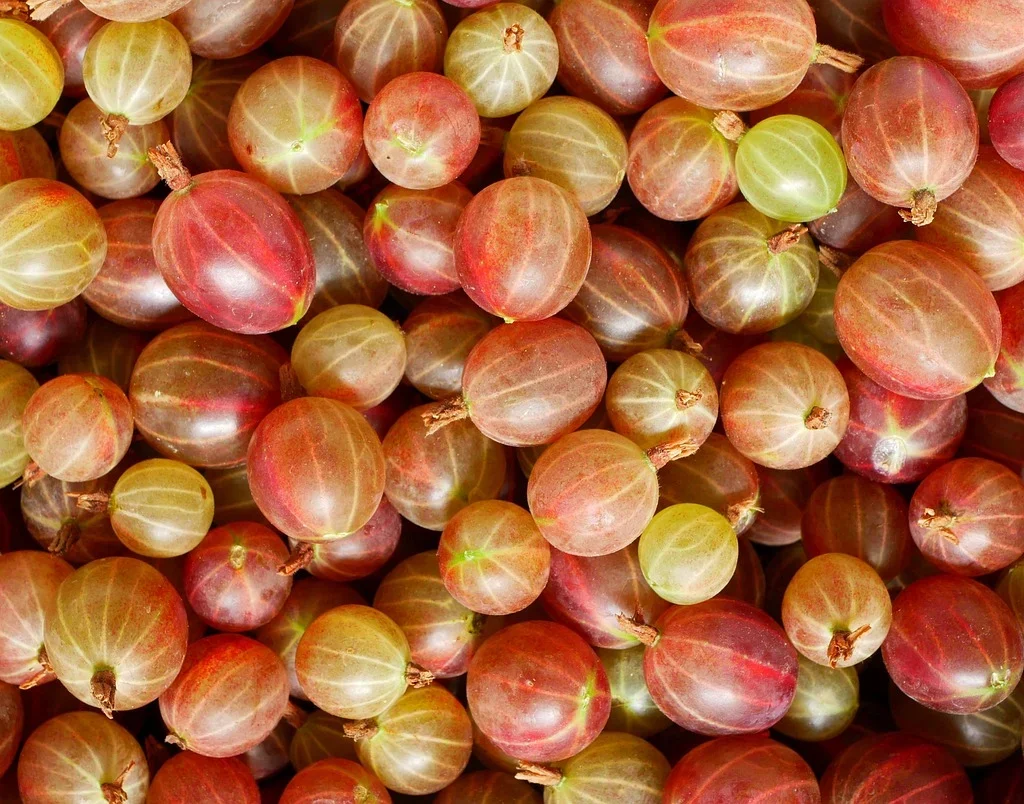
India:
- Amla pickles, chutneys, candies, chyawanprash
- Amla juice and herbal supplements
- Ayurvedic treatments for digestion, immunity, and hair health
Europe:
- Gooseberry tarts, crumbles, pies, and jams
- Gooseberry wines and preserves
Russia & Eastern Europe:
- Gooseberry preserves and sweet syrups
- Home-brewed gooseberry liquors
China:
- Used in traditional medicine and herbal teas
- Added to desserts and tonics
Health Benefits Fueling Global Demand
Modern health trends have revived interest in gooseberries worldwide:
- Rich in Vitamin C: Strengthens immunity and fights oxidative stress.
- High in Fiber: Supports digestion and metabolic health.
- Loaded with Antioxidants: Protects against premature aging and chronic diseases.
- Regulates Blood Sugar: Especially beneficial for people with diabetes.
- Boosts Skin and Hair Health: Widely used in cosmetic and herbal products.
Conclusion: Where Does the World Get Most of Its Gooseberries?
To sum up:
- India supplies the lion’s share of the world’s gooseberries, particularly through its massive Amla production.
- Other contributors like China, Pakistan, the UK, and Russia grow smaller quantities for local and regional markets.
- As health-conscious consumers seek out superfoods, demand for gooseberries — especially in dried and processed forms — is steadily increasing worldwide.
So the next time you encounter a gooseberry jam, Amla candy, or antioxidant-rich supplement, it most likely originated from the vast orchards and herbal gardens of India — the true heartland of global gooseberry production.

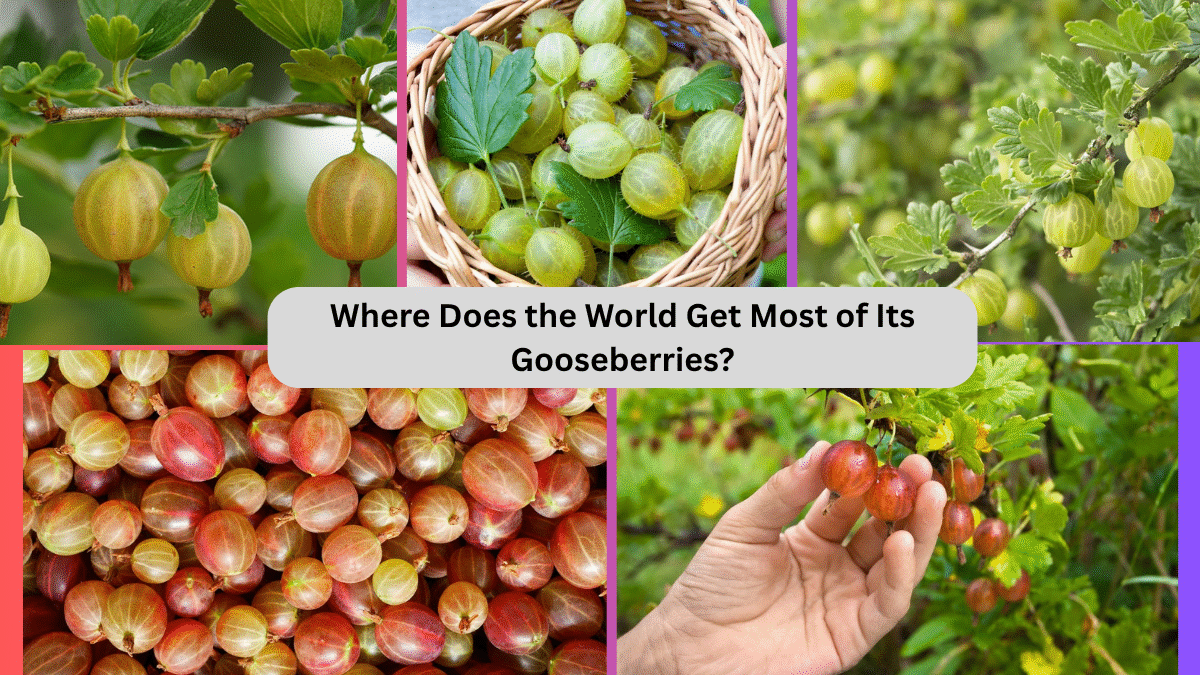


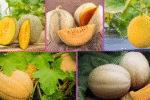

Leave A Comment